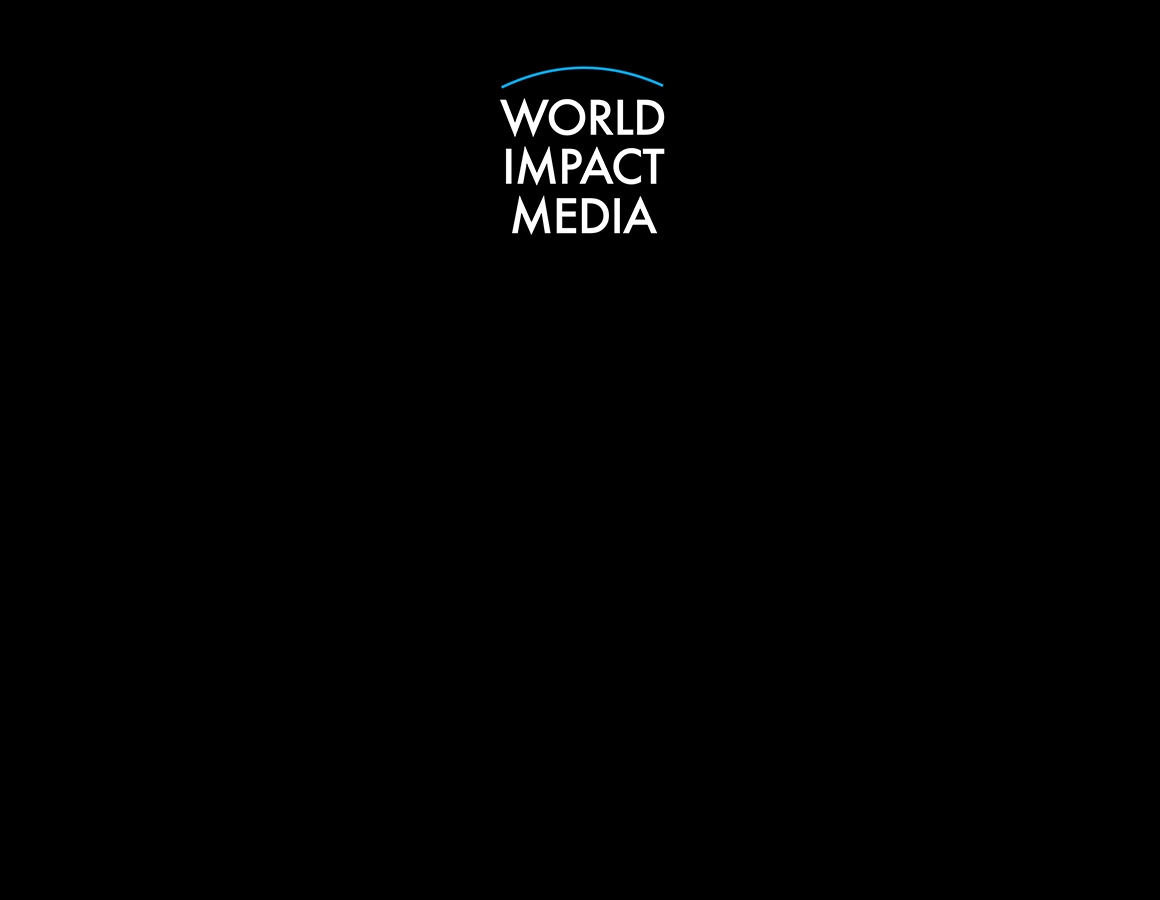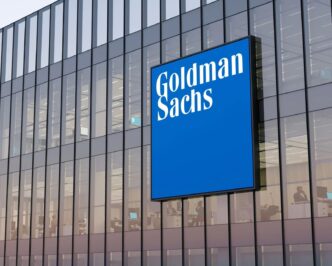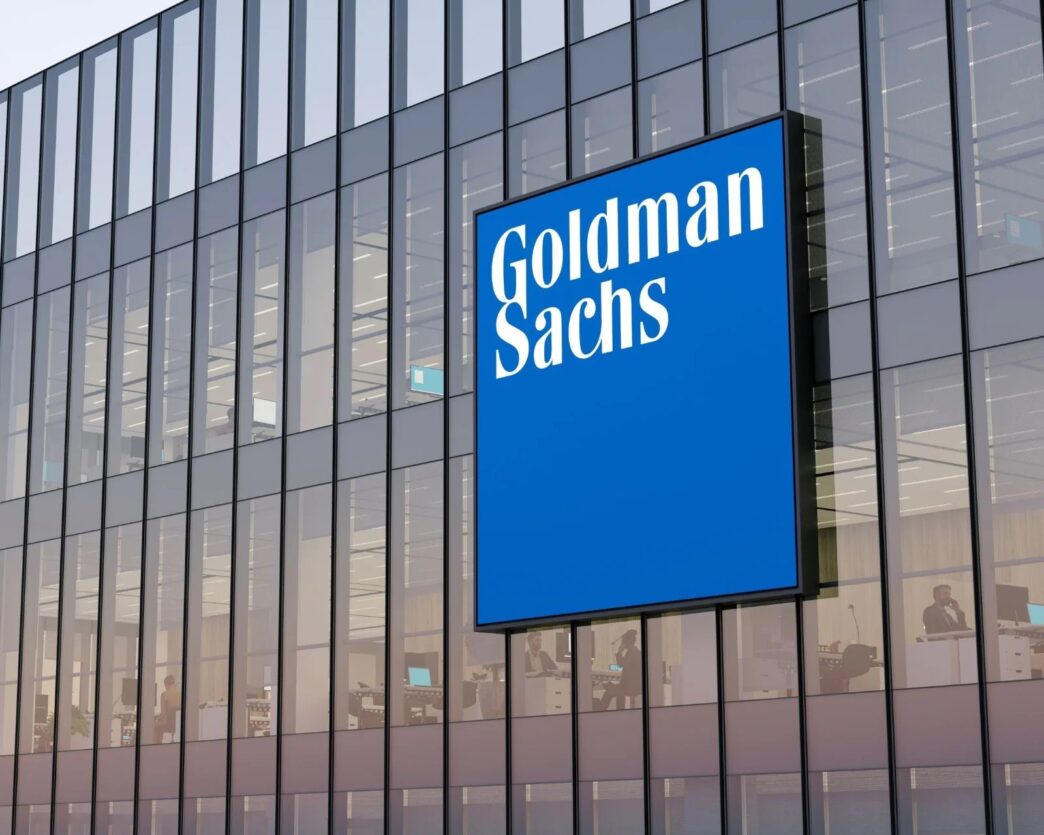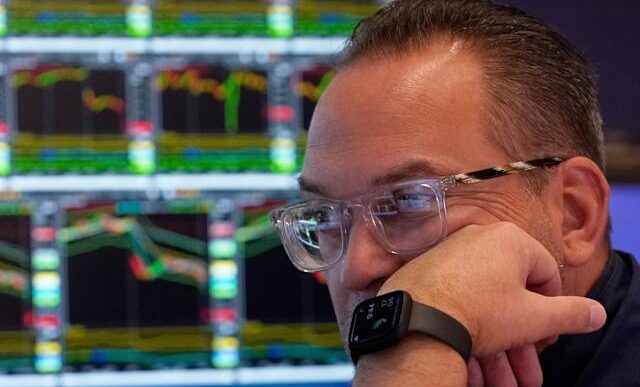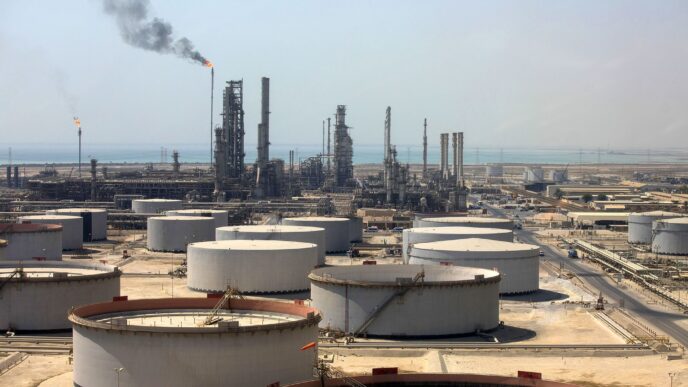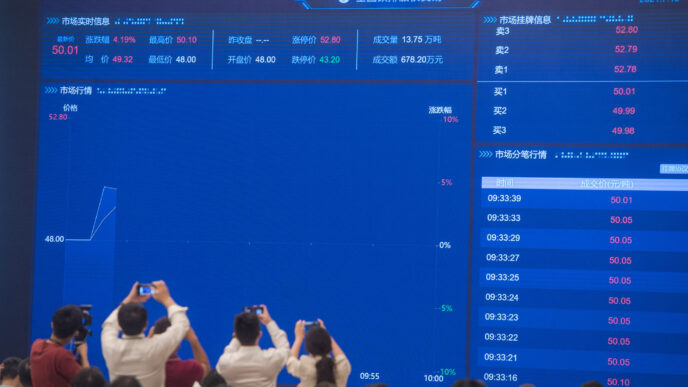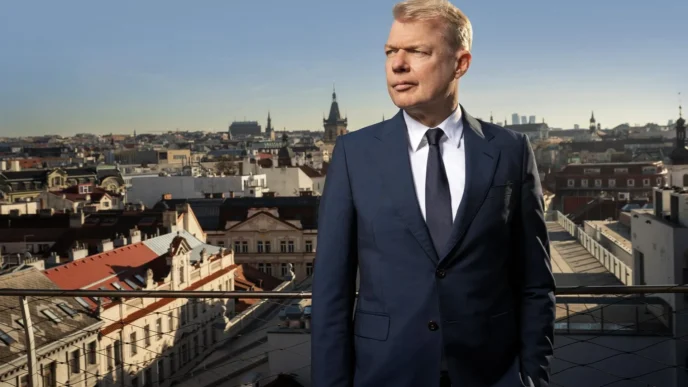Wall Street’s outlook has darkened, and Goldman Sachs is leading the alarm.
In its latest market update, the investment banking giant has sharply increased its estimate for a potential U.S. recession, now placing the odds at 35%, up from just 20% earlier this year. The catalyst? Soaring tariffs, economic policy shifts, and mounting uncertainty for both consumers and businesses.
“Tariffs are acting like a hidden tax,” Goldman economists wrote in a note to clients on Sunday. “They’re cutting into real disposable income, weighing on consumer spending, and unsettling financial markets at a critical time.”
According to Goldman, the combination of fiscal tightening, a stricter immigration framework, and the sharp rise in import duties could shave 1.2 percentage points off GDP growth over the next year. The firm also noted that its revised forecast follows a significant drop in both household and business confidence throughout the past month.
Economic Uncertainty Driving Policy Shift
The White House has remained publicly optimistic, but behind the scenes, officials appear willing to endure short-term economic pain to push forward their long-term policy agenda. Goldman Sachs interprets this as a sign that the administration is prepared to accept slower growth, at least temporarily.
President Trump, in recent remarks, suggested that the new tariff measures could generate between $600 billion and $1 trillion in annual revenue, which implies an effective tariff rate between 18% and 30% based on current import levels. Economists, however, are skeptical of that projection—and deeply concerned about the broader consequences.
Rate Cuts on the Horizon, Despite Inflation
Despite anticipating that core inflation will rise to 3.5% this year due to higher import costs (up from their previous estimate of 3.0%), Goldman Sachs still expects the Federal Reserve to cut interest rates at each of its three upcoming meetings—in July, September, and November.
This suggests the Fed is likely to pivot its focus away from inflation and toward weakening job growth and overall economic momentum. With the labor market showing early signs of strain, central bankers may have little choice but to ease monetary policy—even if prices are still climbing.
“Recession by Design”?
Goldman isn’t alone in its revised outlook. Moody’s Analytics Chief Economist Mark Zandi has also raised his recession probability to 40%, up from 15%, calling the potential downturn a “recession by design.” In his view, the contraction would be largely self-inflicted, the byproduct of aggressive policy shifts rather than external shocks.
Trump administration officials, meanwhile, remain firm on the long game. In a statement to Fortune, spokesperson Kush Desai defended the tariffs as a “strategic tool” to reinvigorate U.S. manufacturing and reclaim key parts of the supply chain.
“America can’t rely on assembling foreign parts forever. We must own the entire process—from raw materials to finished goods—especially in industries critical to national security,” Desai said.
Debt Dangers and Bond Market Worries
Behind the tariff drama, another financial threat is quietly building: $6.7 trillion in U.S. debt is up for refinancing in 2025, and investors like Bridgewater’s Ray Dalio are worried. With interest payments on federal debt already surpassing the Pentagon’s budget, any further spike in borrowing costs could be devastating.
Some analysts suspect the administration may be trying to deliberately cool the economy—what a few are now calling a “Trumpcession”—in order to push bond yields lower, making debt refinancing more affordable.
Meanwhile, Treasury Secretary Scott Bessent has signaled a strong preference for keeping long-term borrowing costs in check, even if that means sacrificing gains in the stock market.
The Bottom Line:
Tariffs, inflation, and geopolitical tensions are converging to create a perfect economic storm. With growth under pressure and policymakers playing a high-stakes game, investors and households alike are bracing for what could become the most deliberate economic slowdown in modern history.
